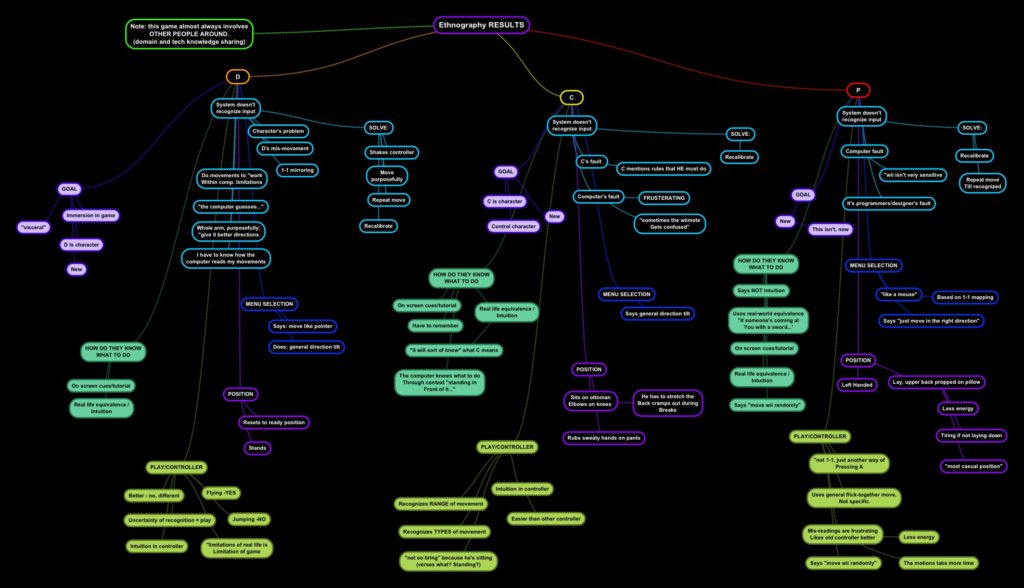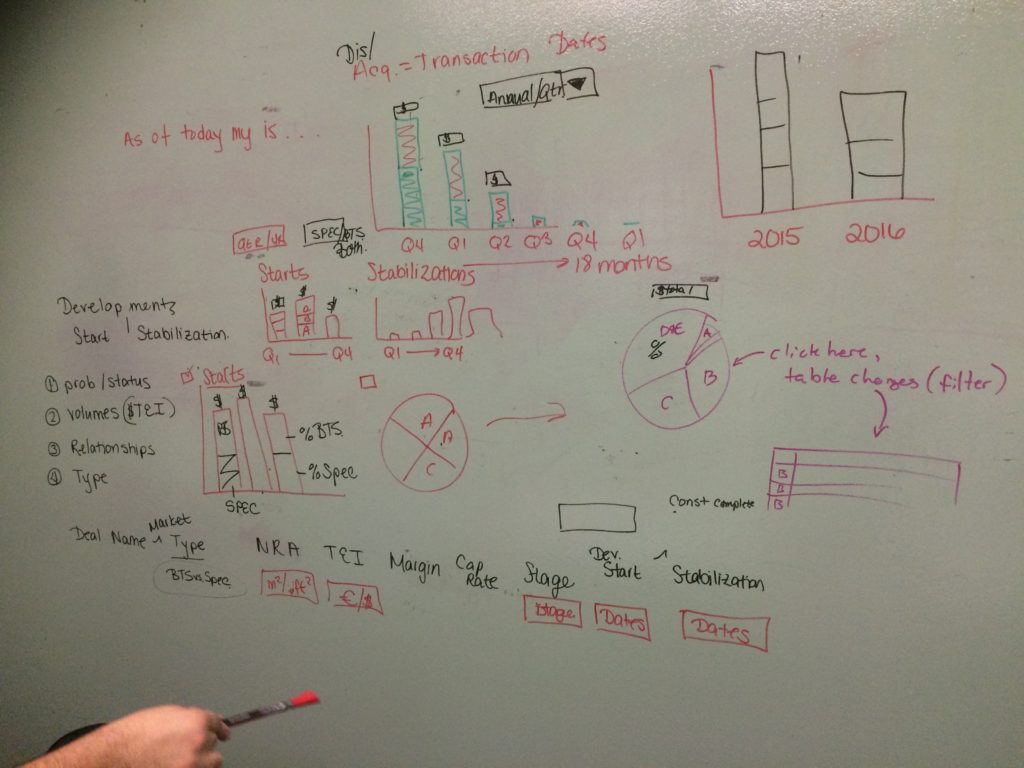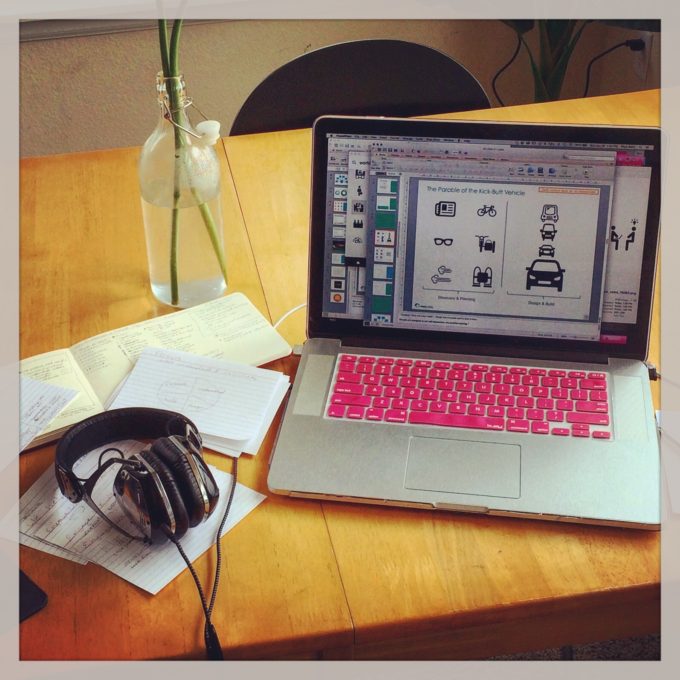
On Spec Work
The design exercise asks candidates for free work and is a poor substitute for assessing user-centered design.
Often referred to as a ‘design exercise’, spec work is asking all the candidates applying for a job to do free work on a prospective employer’s product in order to possibly obtain the job.
Some of the characteristics of spec work are:

- The object of a design exercise is the prospective employer’s digital tool (or an extension of this tool in the prospective employer’s domain).
- The designer is expected to learn the tool and give suggestions for improvement, often with supporting documentation. Usually, this represents more than four hours’ work.
- The designer has no rights to the creative work generated in the interview process by contract or agreement.
- No designer is receiving compensation for their work or solutions.
- If a designer comes up with a clever solution and is not hired, there is nothing to stop the hiring company from implementing the solution as their own. (In the worst case, the company will collect all of the candidates’ work and choose not to hire a designer at all, having the free work of many designers to reference.)
- Most importantly, this is not a controlled skills assessment** of potential hires. This is asking for free labor on a real-world problem: A skills assessment allows for a fair and accurate comparison of skills to needs, while spec work leads to an undervaluing of a profession, ultimately undermining the quality of the company’s professional workplace.
How do I identify spec work ?
Spec work usually contains a request to improve the company’s product: “Design an X for our product” or “What would you change about our product?” or perhaps they ask for advice about how to ‘increase x’ or ‘decrease y’ for the product. A good general indicator of spec work: if it sounds like a request they would make of a contractor or a product design/ UX consultant, but they have no intention of paying the professional for their work, it is spec work.
A good general indicator of spec work: if it sounds like a request they would make of a contractor or a product design/ UX consultant, but they have no intention of paying the professional for their work, it is spec work.
Why do companies use a design exercise in hiring?
In my experience, an executive is trying to answer the question “Are we going to like a product designer’s work or improvements?” To get to this answer, they do what they’re comfortable with – evaluate what the designer creates inside a context in which the executive is an expert (their own digital tool).
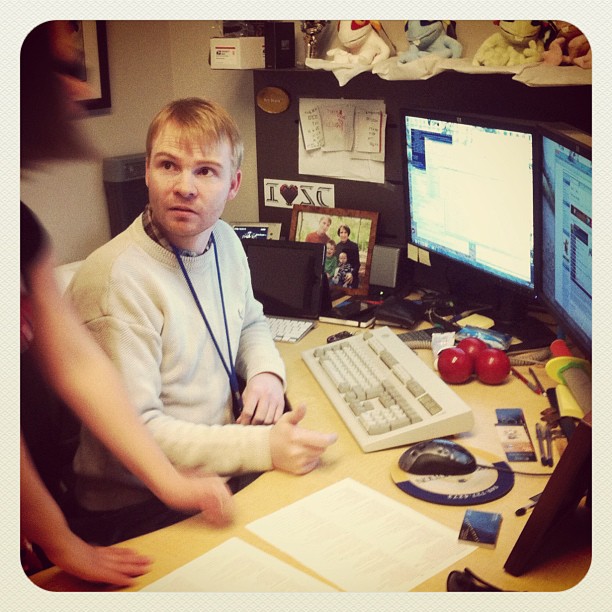
Unfortunately, a design exercise isn’t a good assessment of a good UX/ product designer or leader.
What does a design exercise really judge?
What design exercises are asking for is a visual picture – wireframes, annotated slides showing changes, new hi-res mockups – of a UI, and then the interviewers look at it and decide which picture they like. Or perhaps it takes the form of a list of improvements, advice based on ‘genius design’ (solutions or corrections based on the knowledge already in a designer’s head).
The ‘most favorite picture’ criteria might work out OK if a company is hiring a graphic designer to make posters, but is it a good metric to get the best user-focused designer? Are general suggestions for improvement, when the designer has little specific user research to inform their decision, the right way to find the best design /leader/?
Design critiques / exercises on a company’s actual product (or screenshots) are flawed in conception and execution.
- Biased (the people like you, who have your opinions/taste/viewpoint/concerns, move forward)
- Skewed toward privilege in execution (the people who have time to spend on this move forward)
- Overindexes on visual design (not the most important part of product design)
- Focuses on simplistic solutions
- Excludes research and background knowledge with the actual users (the most important component of product design)
- Buys into the outdated trope of judging worth by running the candidate through a gauntlet/jumping hoops
Design exercises are a ritual to see if the candidate can ‘guess what the executive is thinking’ in an overly simplistic notion of what design is and, dare I say, might be a window into how design may be valued in a company. Design exercises don’t illuminate if a designer is actually a great UX designer or leader. In fact, your best candidates will conclude that a company doesn’t know what it wants and will not value the designer’s time or effort in the role either …and they’ll walk away.
Good product design
A UX/product designer, in order to solve a problem in a real-life situation, works with the team to understand where there is a problem – this is the most important step, discovering ‘what’s not working for our user and why?’. This involves user research based on interviews with SME (subject matter experts), surveys, current analytics and generative research with real users (among other things).
After this designers strive to understand the business goals, technology limitations, competitor info, market info, any prior research, a target audience, goals for the feature (metrics), behavioral goals etc.
THEN designers create a few solutions that might fit, and iterate through several designs, testing and improving, because good product design isn’t just visual – it’s mostly functionality, usability, user adaptivity, user interaction, behavioral change etc.
This isn’t done in a day and the design exercise is a poor substitute for this user-centered work. Design exercises don’t illuminate if a designer is actually a great UX designer or leader – they are a visual version of what the executive already thinks is the solution to what they believe is the problem.
A better way
A different option for how to assess a candidate is a portfolio review. Portfolios, the designer’s own case studies, or specific comparable experiences (as discussed in interviews) give businesses the best opportunity to hire the right person. Walking through a previous project, we can ask questions about what a designer can do, and how they work, and what issues they might have. “How long did this take? Who was involved with you? How did you get them on board? What issues did you have? How did you prioritize?”
Professional designers are just that — professionals, experts in their craft. It’s their job to do good work. You wouldn’t tell your lawyer how to defend you in a trial, or tell a mechanic how to do their job. You research their history, hire them, then let them work.
So in the case of an executive asking “How do we know we’re going to like a product designer before we see them design or improve our product?”, my answer is – that’s what a designer’s portfolio is for.
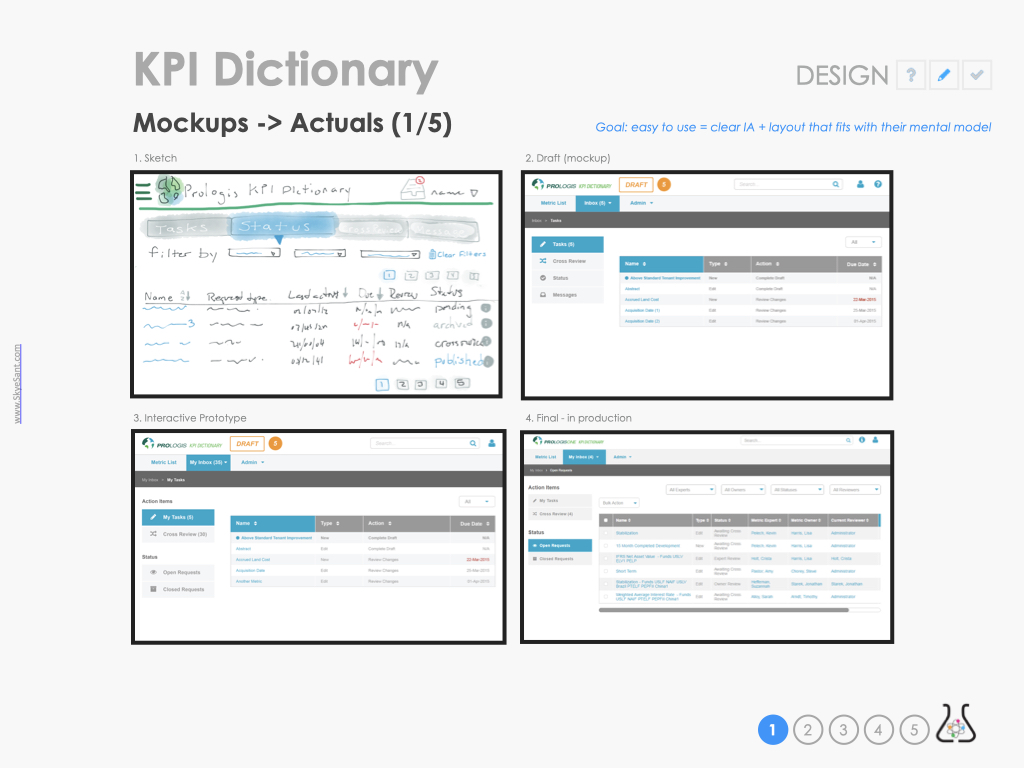
For instance, if you want to see how a designer utilizes user research to go from a sketch to a final deliverable? Ask them to present a portfolio piece like http://skyesant.com/2021/01/inbox/. You understand how the designer thinks (“What did you discover about the user that made you do x?”) and get insight into how they worked with others to implement good solutions (leadership).
More Articulate Words
These thoughts are based on my research, lived experience, and the advice I give my students: no spec work. There are many writers who say this in a more persuasive way than I have – here are a few (titles are linked).
- Design exercises are evil from UX Collective, May 2020 (11 min read)
- (1) No!Spec is a website that addresses this issue directly (6 min read)
But what’s a company to do, then?
- Thoughts on Hiring a Design Leader (director-level and above) from Org Design for Design Orgs, 2019 (9 min read)
- UX Hiring: Let’s Talk About ‘Comparable Experience’ from CenterCentre, a leading UX teaching/consulting house, Jan 2020 (13 min read)



